References
Artiles, A.J., Trent, S.C., and Palmer, J. (2004). Culturally diverse students in special education: Legacies and prospects. In J. A. Banks and C. M. Banks (Eds.) Handbook of research on multicultural education (2nd ed.) (pp. 716-735). San Francisco, CA: Jossey Bass
Cauce (2002). Examining Culture within a Quantitative Empirical Research Framework. Human Development, vol. 45, no. 4, pp. 294-298.
CSDE (2010).
Guidelines for In-School and Out-of-School Suspensions.
Donovan, S., and Cross, C. (2002). Minority students in special and gifted education.Washington, DC: National Academy Press.
Gamm, Esq. (2010)Disproportionality in Special Education. LRP Publications
Gottlieb, Jl, Alter, M., Gottlieb, B.W., and Wishner, J. (1994). Special education in urban America: It's not justifiable for many. The Journal of Special Education, 27, 453-465.
IDEA 2004, http://www.shoplrp.com/product/p-300604.html.
Grisham-Brown, Jennifer (2008). Best Practices in Implementing Standards in Early Childhood Education.
Klingner, J. K., Harry, B., and Felton, R. K. (2003). Understanding factors that contribute to disproportionality: Administrative hiring decisions. Journal of Special Education Leadership,16(1), 23–33.
Klingner, J., Kozleski, E. Harry, B., Zion S., Tate, W., Duran, G., Riley, D., (2005) Addressing the Disproportionate Representation of Culturally and Linguistically Diverse Students in Special Education through Culturally Responsive Educational Systems. Education Policy Analysis Archives. 13(38), 1-24.
Lareau, A. (2003). Unequal Childhoods: Class, Race and Family Life. University of California Press.
Maag, J. W. (2001). Rewarded by punishment: Reflections on the disuse of positive reinforcement in education. Exceptional Children, 67(2), 173-186.
Oswald, D. P. and Coutinho, M. J. (2001). Trends in disproportionate representation in special education: Implications for multicultural education. In C.A. Utley and F.E. Obiakor (Eds.), Special education, multicultural education, and school reform: Components of a quality education for students with mild disabilities (pp. 53- 73). Springfield, IL: Charles C. Thomas, Publisher, Ltd.
Santos. R.M. and Ostrosky, M.M. Understanding the Impact of Language Differences on Classroom Behavior, What Works Brief No. 2. CSEFEL. n.d. English). National Center on Quality Teaching and Learning.
Skiba, R. K. (2002). Special education and school discipline: A precarious balance. Behavioral Disorders, 27(2), 81-97.
Tilly, D.S. (2008) The Evolution of School Psychology to Science-Based Practice: Problem Solving and the Three-Tiered Model.
Tobin, R.M., Schneider, J.W., Reck, S.G., and Landau, S. (2008) Best Practices in the Assessment of Children with Attention Deficit Hyperactivity Disorder: Linking Assessment to Response to Intervention.


